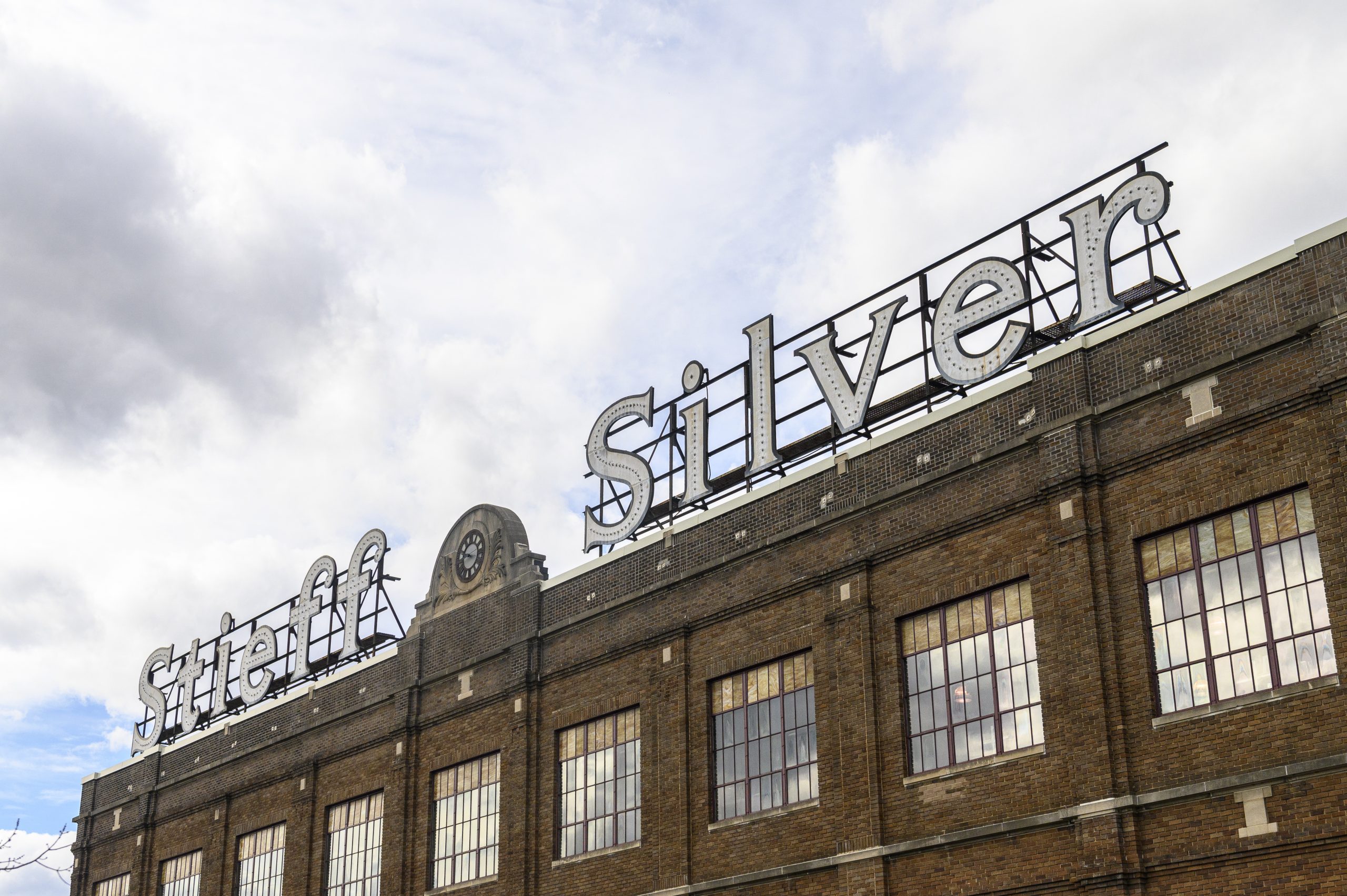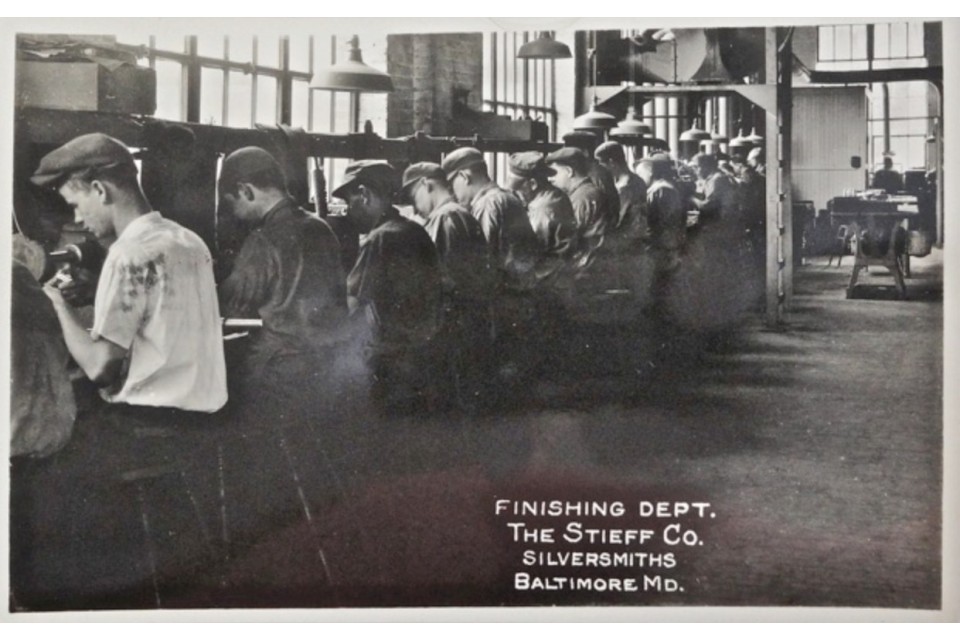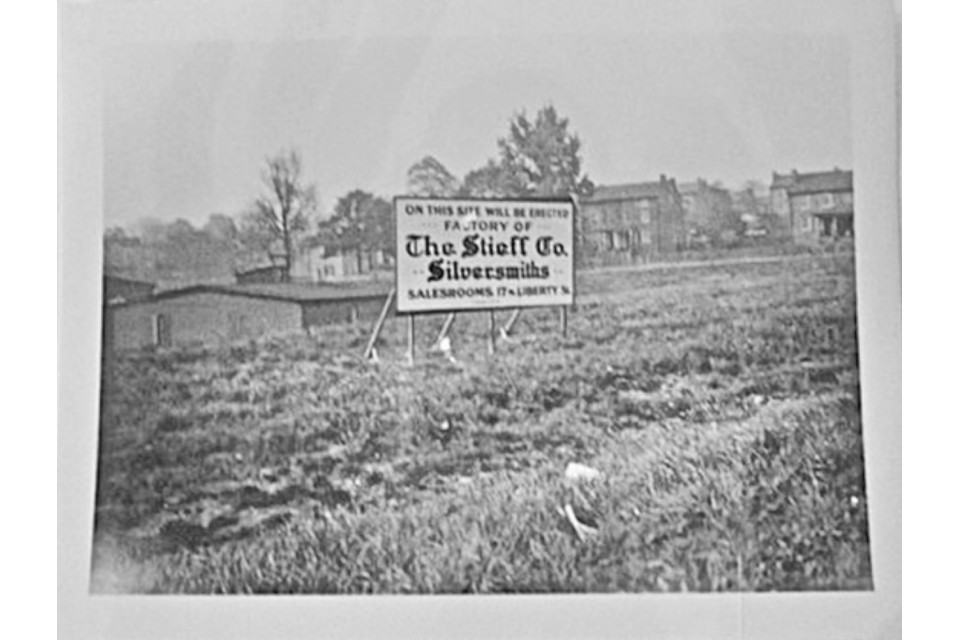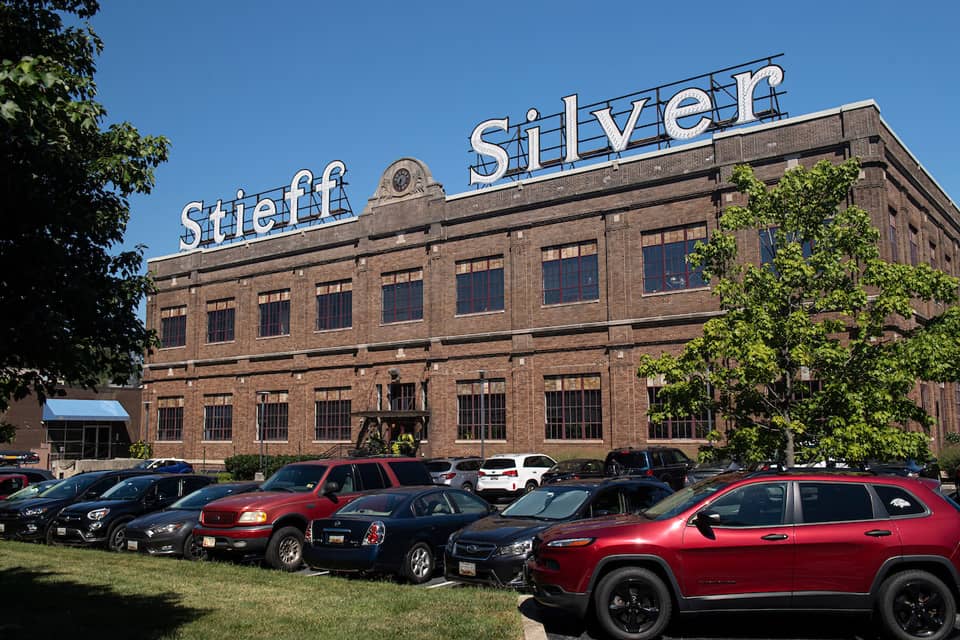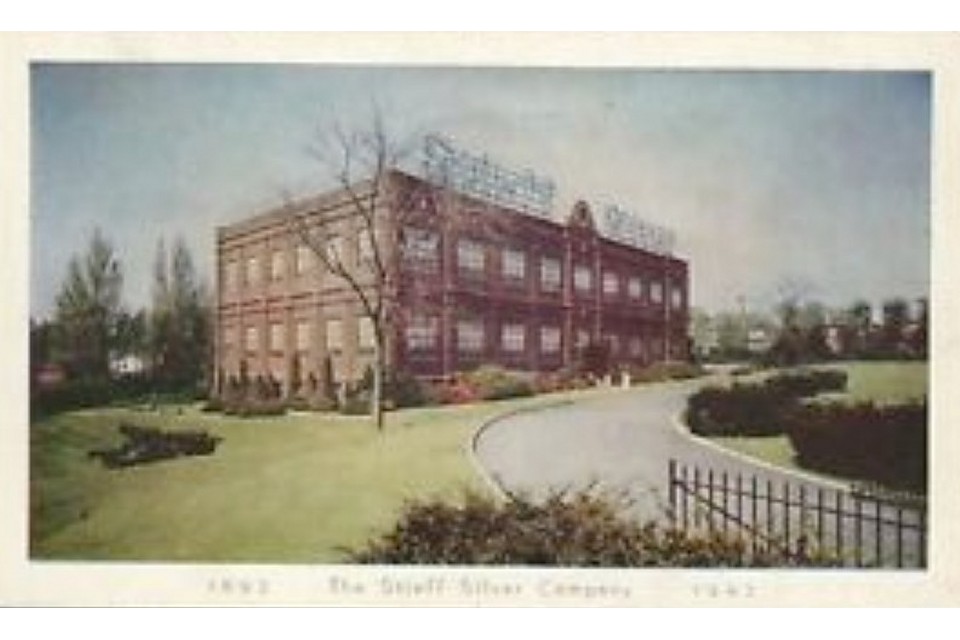The MCP paves a path toward a future of autonomous science, realizing the goals of the Materials Genome Initiative through integrated processing, characterization, and data science. Incorporating advancements in artificial intelligence, machine learning, heterogenous computing, and networking data-transfer and storage capabilities, the MCP boasts an interdisciplinary user center that propels the JHU campus into the future of characterization and processing.
State of the art electron microscopy, spectroscopy, X-Ray and scattering tools are co-located with processing platforms ranging from biological and metallic 3D printing to high throughput combinatorial thin film sputtering capabilities. Tying these approaches together is a dedicated data storage and AI/ML infrastructure, with including edge and near edge computing to meet large and fast volumes of data at the speed of discovery. Development of novel AI-enabled toolsets sets the MCP apart from its peers, and provides a platform for users to experience autonomous experimentation in a user environment.
These tools build upon and expand capabilities across the JHU community, from the biological and cryo TEM capabilities in the Beckman Center at the School of Medicine to the advanced light microscopy capabilities at the Integrated Imaging Center. The MCP will foster implicit and explicit connections between both these and future capabilities, helping to lead efforts in materials research and education at JHU and beyond.
– Mitra Taheri
